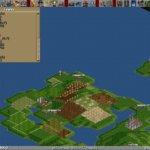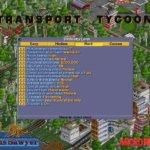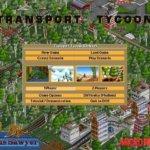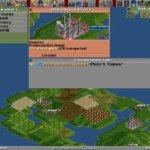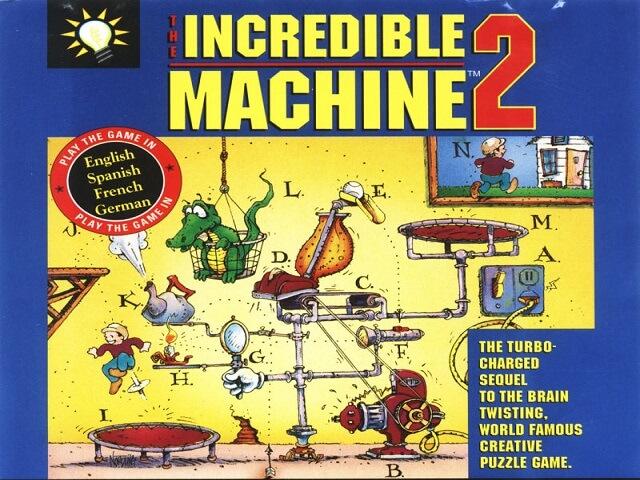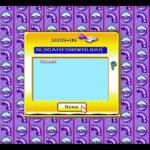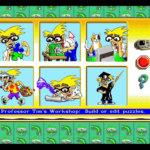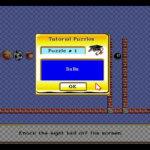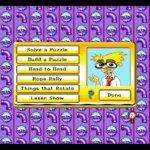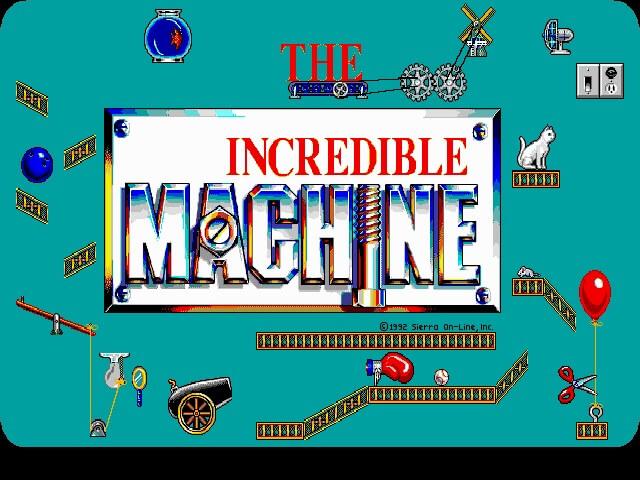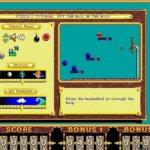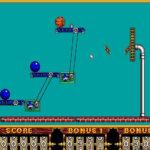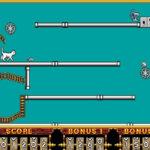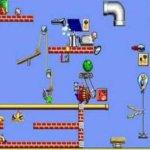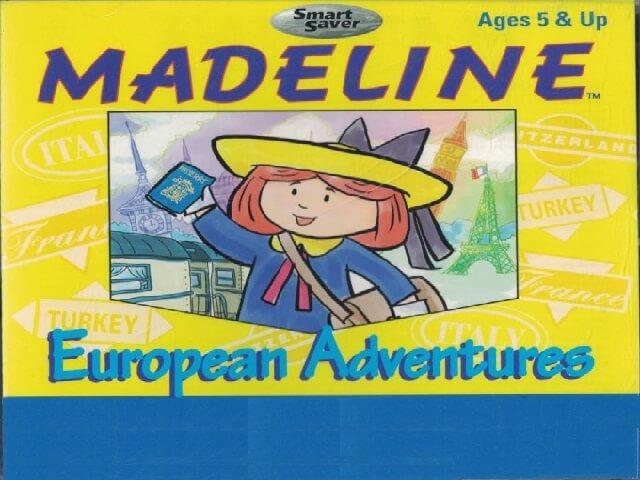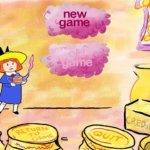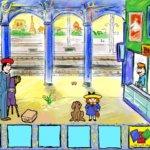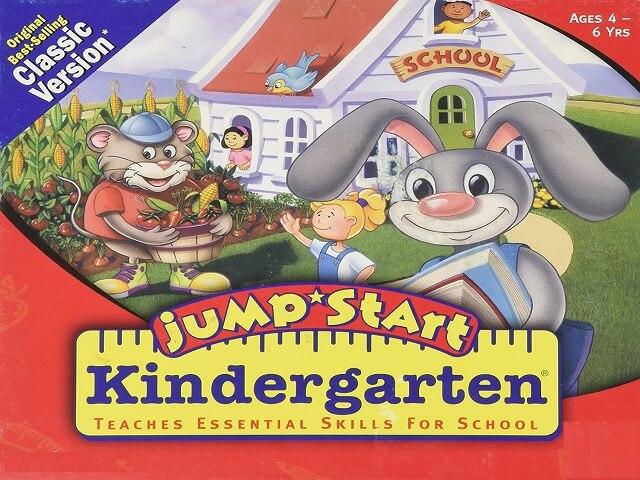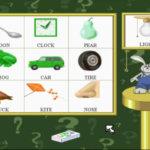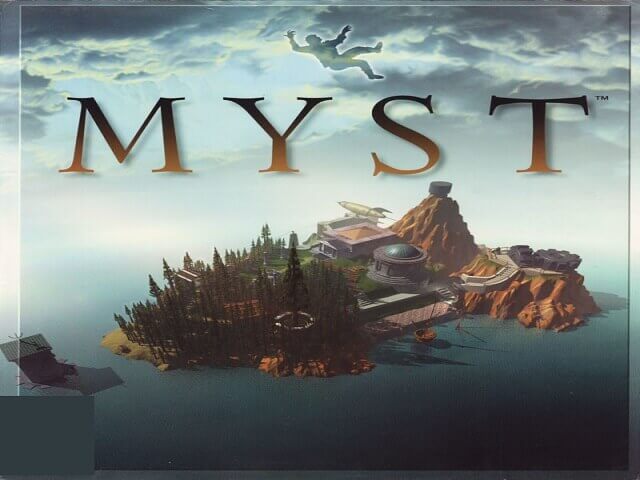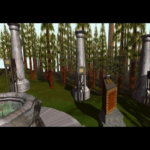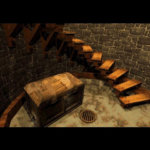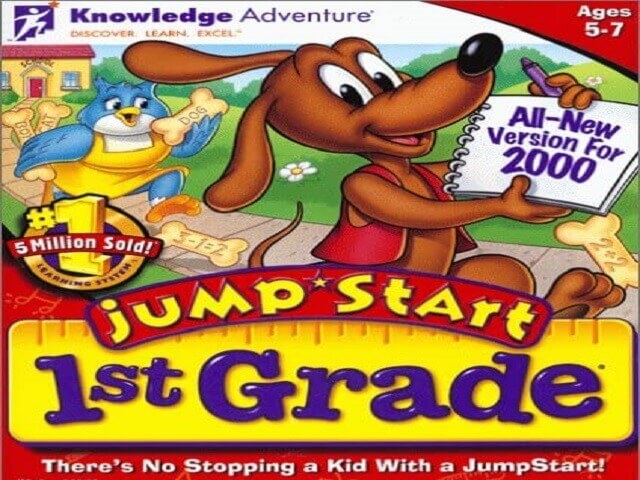Search results for: ” 1995″
-
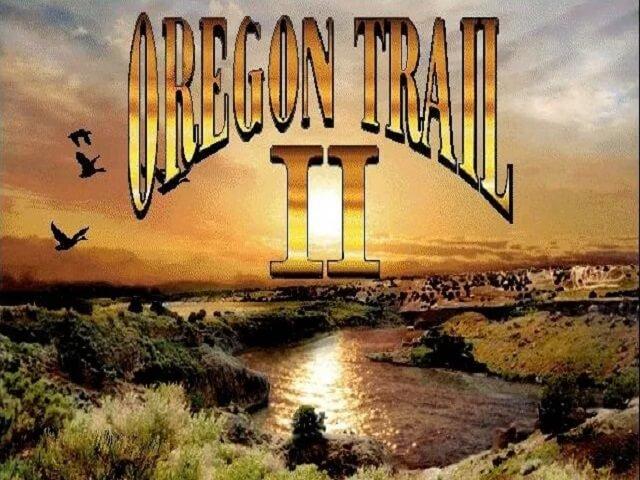
Oregon Trail II
Game Description
MECC released Oregon Trail II, an educational video game, in 1995. SoftKey Multimedia published it. It is an updated version of the original video game The Oregon Trail. It was redesigned with the assistance of Wayne Studer, a Ph.D. candidate in American Studies. In comparison to the original version of Oregon Trail II, Oregon Trail II made an effort to include more roles for women and people of color.
MECC also released a 25th Anniversary Limited Edition Oregon Trail II Computer Game in addition to the regular edition. The CD-ROM was packaged in a commemorative wooden storage box, along with an official strategy guide and a certificate of authenticity.
Publishers SoftKey Multimedia Developers MECC Release date 1995 Genre Educational [title] Gameplay
When a new game begins, players can customize their name, occupation, level, date of travel, starting point, destination, and wagon type. They can also choose how many other people ride in their wagon with them, as well as their names and ages. After deciding on occupation, the player can choose from a variety of skills. The player selects skills with a maximum of 120 points. Automatic abilities are completely free. The more valuable the skill, the higher the price. Each skill can increase the likelihood of good events and decrease the likelihood of bad events. While some occupations pay more than others, low-income occupations receive a larger final bonus, which is critical in achieving a high score at the end of apple II Oregon Trail. However, regardless of occupation, if the player settles at a location other than the one they chose at the start of the game, they will not receive a bonus.
The detail in Oregon Trail II is far greater than in the original. Rafting down the Columbia River, for example, is a much more difficult challenge than it was in the original game. When an event (such as an accident or illness) occurs, the game comes to a halt and the player must make a decision, making it far more interactive than the previous version. Players can also talk to other settlers along the way and ask for their advice. If the player dies at any point during Oregon Trail II, the game is over. This version also allows the player to select any year between 1840 and 1860, rather than being limited to 1848 as in the original. Travel is much easier in later years because there are more towns and trading posts to resupply at along the way. The online guidebook resource changes its displayed help based on the year of travel, but not with the target and trailhead ends selected—hence, in order to read the book, one must wade through pages of irrelevant information applicable to sub-scenarios (such as alternate routes over a local regional stretch) that one hasn’t chosen.
Outfitting supplies and selecting the parties’ equipment for their journey becomes a possible point of player control, potentially leading to increased scoring chances. Additional supplies increase the weight of the player’s wagon. When the weight limit of the wagon is reached, it is impossible to continue on the trail, and some goods must be dumped. Apple ii Oregon trail provides players with a vast array of supplies to choose from. Package deals of up to six months of provisions are available at the start of the game. Many provisions will be lost or used for trade as a result of the game’s many perils. One has the option of accepting a computer-generated “package deal” ostensibly offered by the merchants of the trailhead town. Alternatively, the player can shop the town and select a custom strategy, quantities, tools, and so on—or take the package and then shop or trade on top of that. One issue with the package is locating someone willing to trade unwanted items for useful ones. Some assets, on the other hand, are only available as part of a package (e.g., chains, anvils, plows) or through trading—though many of these can be purchased from merchants or blacksmiths further down the trails. If a player wishes to purchase supplies without the package, he or she may do so from Westport, Fort Kearny, or Fort Laramie. Chains, nails (measured in pounds), and anvils are sold in all forts and towns with a blacksmith’s shop.
Download [title]
We might have apple ii Oregon trail available for more than one platform. The Oregon Trail II is currently available on these platforms:
Windows (1995)
How to play on Windows
- Click on the download button. It should redirect you to your download (a .rar file). Make sure you download the file properly and that your internet does not disconnect while downloading.
- Download the software called PowerISO. You can download it from here.
- Extract the “Oregon Trail 2” folder to your desktop. You will need WinRAR to do this.
- Open the “Oregon Trail 2” folder.
- Inside the folder, you will find a file called “Oregon Trail II.iso”. Right-click on the file and then select “PowerISO” in the menu, then select “Mount” and Mount it to one of your empty disc drives.
- Go into the disc drive where you mounted the PowerISO file and open the folder called “WIN32”.
- Inside the folder, you will find a setup file called “Setup32.exe”. Right-click on it and then select “Run as administrator”. The setup for Oregon Trail 2 should now launch.
- Go through the setup steps and install the game.
- Once the setup is completed, you will want to launch the game. To do this, go into C:\Program Files\The Learning Company\Oregon Trail II and there you will find a launcher called “otii32.exe”. Double click on it to launch the game!
- play Oregon trail ii!
[title] Screenshots
Windows

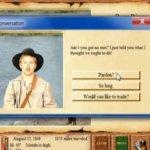
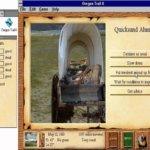

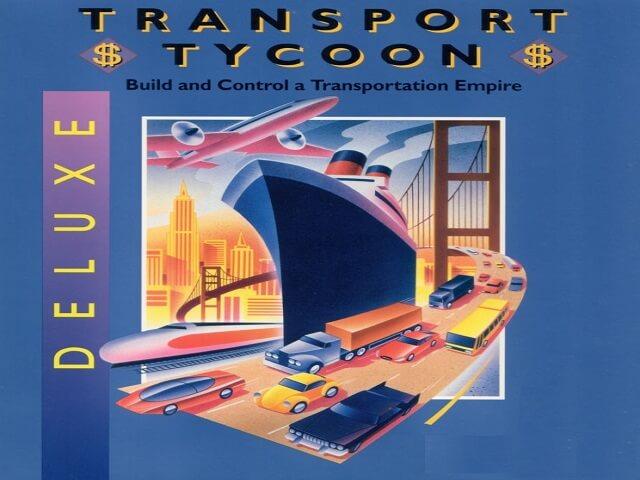
Transport Tycoon Deluxe
Game Description
Transport Tycoon is a video game designed and programmed by Chris Sawyer and published by MicroProse on 15 November 1994 for DOS. It is a business simulation game presented in an isometric 2D view with graphics by Simon Foster, in which the player takes on the role of an entrepreneur in charge of a transportation company and competes against rival companies to make the most profit by transporting passengers and various goods by road, rail, sea, and air.
Transport Tycoon Deluxe is an updated and expanded version of the original game, which was released in 1995. On October 3, 2013, a version for Android and iOS was released, utilizing assets from the sequel, Chris Sawyer’s Locomotion. OpenTTD, a fan-made game engine recreation, is also available.
| Publishers | MicroProse |
| Developers | Chris Sawyer Productions |
| Release date | 1995 |
| Genre | Simulation |
[title] Gameplay
To begin constructing a transport empire, the player must build transport routes that include stations near industries or towns, and in the case of trains or road vehicles, near physical routes. A single transportation route may employ several modes of transportation, such as truckshiptrain. The ratings of the player’s company and the individual stations are largely determined by their efficiency in moving goods from one station to the next. A station with a high rating may be able to attract more goods.
Transport Tycoon Deluxe starts in 1930 and lasts until 2050. The player begins by borrowing money to finance the construction of transportation facilities, and the loan is charged interest until it is repaid. As the user progresses through the game and earns revenue, they can choose to expand service along existing routes or expand their transportation network. Transport Tycoon Deluxe features a technological progression: in any given year of the game, only modern types of technology are available. Railroad signals that allow more than one train to use a section of track, for example, are initially semaphores. They are eventually replaced by red and green traffic lights. Similarly, at first, only steam engines are used, but later diesel and electric engines are introduced.
Vehicles in Transport Tycoon Deluxe must be built at corresponding depots that must be linked to road or rail networks. Towns and cities have their own road networks, but they may require additional roads to connect to other towns or to various resources.
The player earns money by picking up resources or passengers at one station and transporting them to another station where they are in demand. The area surrounding the station determines demand; for example, stations near towns will have a high demand for passengers. The revenue will be determined by the delivery time, distance traveled, and quantity delivered. The impact of these factors on revenue varies depending on the type of goods delivered. Mail, for example, will rapidly lose value, implying that it can only be delivered profitably over short distances or very quickly over long distances. Coal, on the other hand, loses value slowly, allowing it to be transported in bulk over long distances while remaining profitable.
Subsidies are sometimes offered to the first company to move a specific resource from one location to another. This encourages the player to build a larger, more complex transportation network instead of focusing on previously profitable routes.
Transport Tycoon Deluxe includes a Local Authority system. Each city assigns a rating to each transportation company based on the importance of their transportation network. When the player’s rating falls too low, he or she will no longer be able to demolish buildings or build new stations. The rating is based on factors such as the company’s level of service and the amount of deforestation it causes.
Cities develop and expand throughout a game as a result of various economic factors, and new industries (demand) or other resource sites (supply) may appear. Some natural resources may eventually be depleted, and industries without adequate transportation may be forced to close. In addition, new vehicle models are introduced and eventually replace older models. At the time of its introduction, such a new model will almost certainly have improved characteristics, but it may also have reliability issues.
Download [title]
We might have Transport Tycoon Deluxe available for more than one platform. Transport Tycoon Deluxe is currently available on these platforms:
DOS (1995)
How to play on Windows
- Download and Extract Transport_Tycoon_Deluxe_DOS_EN.7z
- Open the “Game Files” folder and drag TYCOON.exe on top of an icon for DOSBox
- Enjoy!
[title] Screenshots
DOS
